![]()
|
E
& C Challinor |
Location and period of operation:
|
Edward & Charles Challinor |
Fenton |
1862 |
1891 |
|
Earthenware and Ironstone manufacturers at Fenton Potteries, Fenton, Stoke-on-Trent, England.
|
Concurrently: in 1887 as Challinor & Mayer
Previously: E. Challinor & Co (1843-62)
Subsequently: C. Challinor & Co (1892-6)
| Fenton Pottery.
"This was established in 1825, by Messrs. C. J. & G. M. Mason,.... Messrs. Mason were succeeded by Mr. Samuel Boyle, from whom the works passed into the hands of Messrs. E. & C. Challinor, formerly E. Challinor & Co. of Sandyford and Tunstall, who still carry them on. The goods produced are white granite, printed, sponged, and common earthenware, for the American, Australian, and other foreign and colonial markets. In these, tea, coffee, breakfast, dinner, toilet, and other services, and all the usual useful articles, are largely produced. The white granite, or ironstone china, is of good, hard, sound, and durable quality ; some of their most successful embossed patterns being the Ceres or Wheat, the Garland, and the Vine-leaf patterns. In jugs, Messrs. Challinor produce the Ceres or Wheat, Paris, Garland, Barberry, Lily, Missouri, Florence, Versailles, Lotus or Cora, and other shapes, both plain and embossed. The earthenware is of the ordinary common quality, specially designed and well adapted for the various markets to which it is sent. Llewellynn Jewitt, The Ceramic Art of Great Britain. 1878 |

E & C
Challinor
Fenton Potteries, Stoke-upon-Trent
Ironstone, White Granite, Printed & Common Earthenware
Suitable for the Home, Foreign, and Colonial Markets
The Pottery Gazette, 1st July 1880
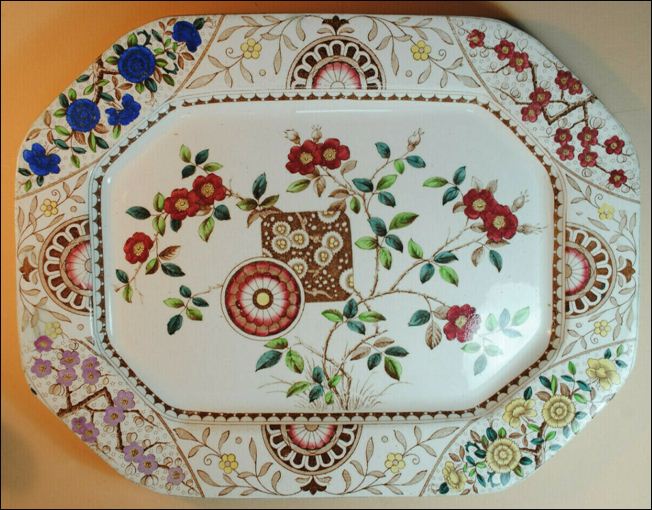 platter in the aesthetic Gordon pattern produced in polychrome and blue & white |
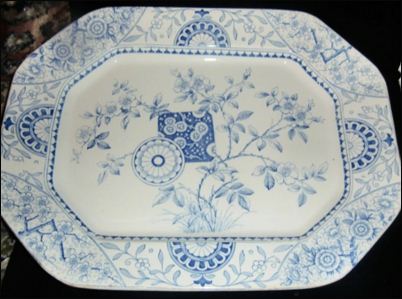 |
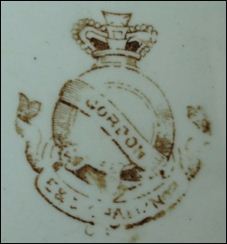 Gordon E & C Challinor |
The Gordon pattern was also produced by Challinor
& Mayer
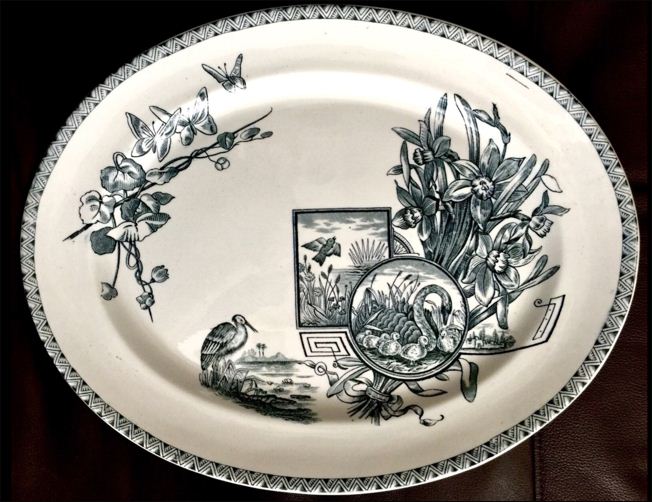 platter in the aesthetic Wolseley pattern |
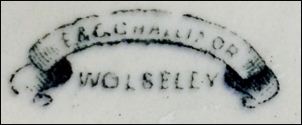 E & C Challinor Wolseley is the pattern name |
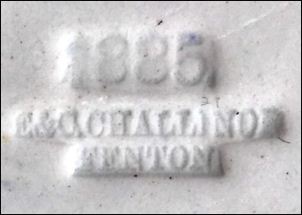 1885 E & C Challinor Fenton 1885 is the year of manufacture both the printed and impressed mark appear on this platter |
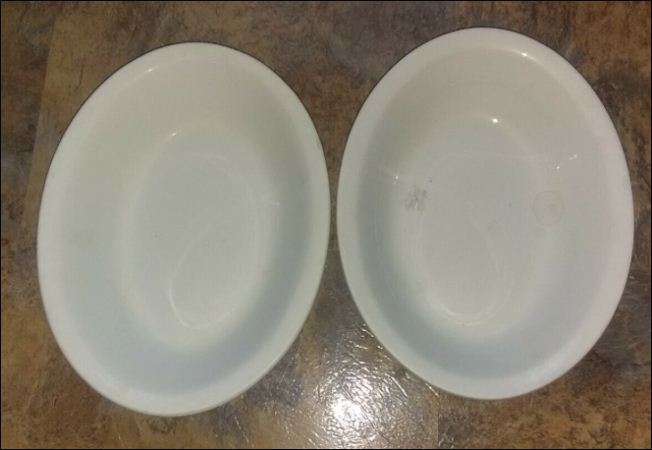 White ironstone bowls |
 Stone China E & C Challinor England mark incorporating the Royal Arms this mark c.1891 marks pre 1891 usually have "FENTON" |
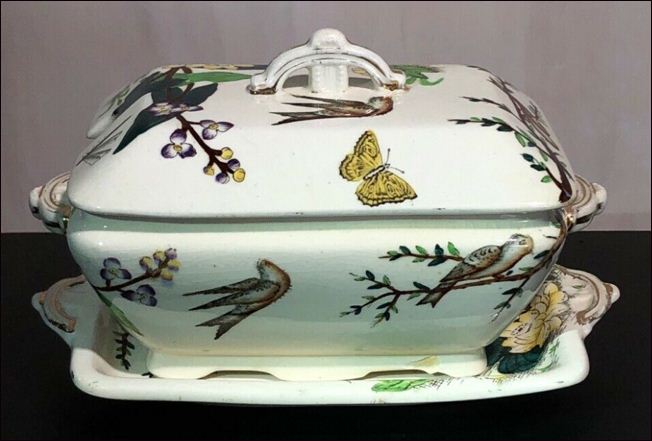 tureen in the LORNE pattern |
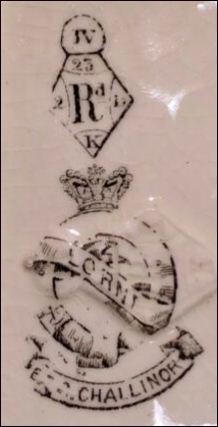 The registration diamond shows that the pattern was registered on the 23rd November 1878. |
The
record shows that the registration was by E & C Challinor.
This pattern was produced by both E & C Challinor and the partnership of Challinor
& Mayer.
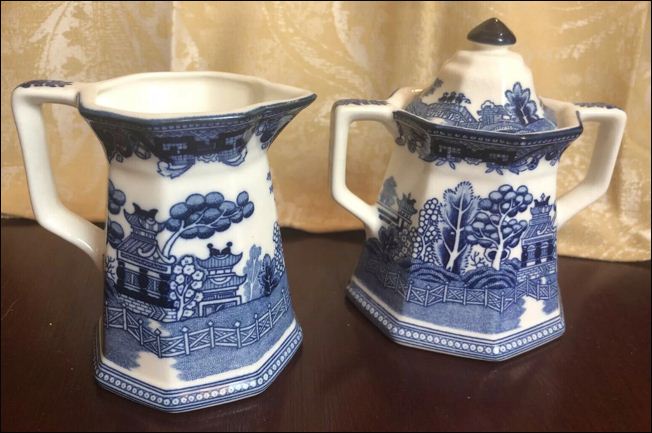 Ironstone milk & sugar set in the Willow pattern modern production with a'fake' mark |
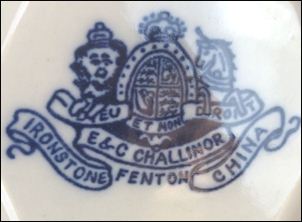 E & C Challinor Fenton Ironstone China this mark is found on Willow ware which is probably modern production The mark is poorly draw for example the lion is comically drawn, the unicorn front legs are poorly drawn and the word 'DROIT' has been strangly spaced to make the letters show between the legs |
Marks and initials used on ware for identification:
E & C C
E & C CHALLINOR
FENTON
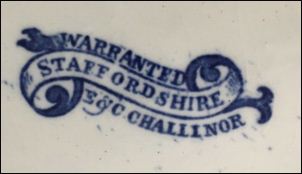 Warranted Staffordshire E & C Challinor |
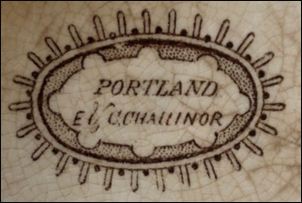 E & C Challinor Portland is the pattern name |
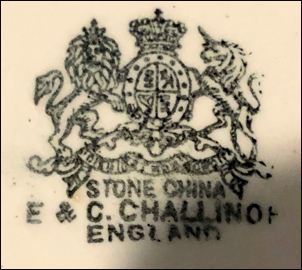 Stone China E & C Challinor England |
 Stone China E & C Challinor England |
various styles incorporating the Royal Arms
earlier marks usually have the place name "FENTON" instead of "ENGLAND"
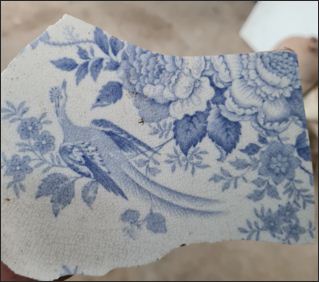

Asiatic Pheasants - E & C
Challinor
fragment found (2022) at Colac, Australia
photos courtesy: Jason Schram
Fake marks
 |
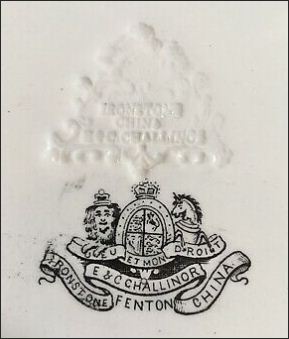 |
|
Fake marks found on modern production Willow ware and ironstone jugs The mark is poorly draw for example the lion is comically drawn, the unicorn front legs are poorly drawn and the word 'DROIT' has been strangly spaced to make the letters show between the legs |
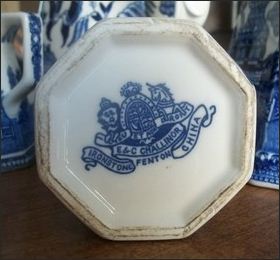
sometimes fake marks are
very large and out of
proportion with the size of the base.
original
marks are not this large - they rarely exceeded
1-1.5inches (25-40mm) in size
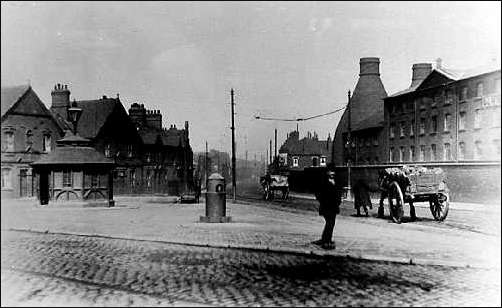
to the right is the Fenton
Pottery
- click for more information -
Questions, comments, contributions? email: Steve Birks